

Max Davies
2025 Lexus NX450h+ F Sport review
28 Days Ago
A few updates ensure Mazda's top-of-the-range CX-5 grade keeps up with the Joneses. It still feels a notch above many more utilitarian competitors., but there are trade-offs.
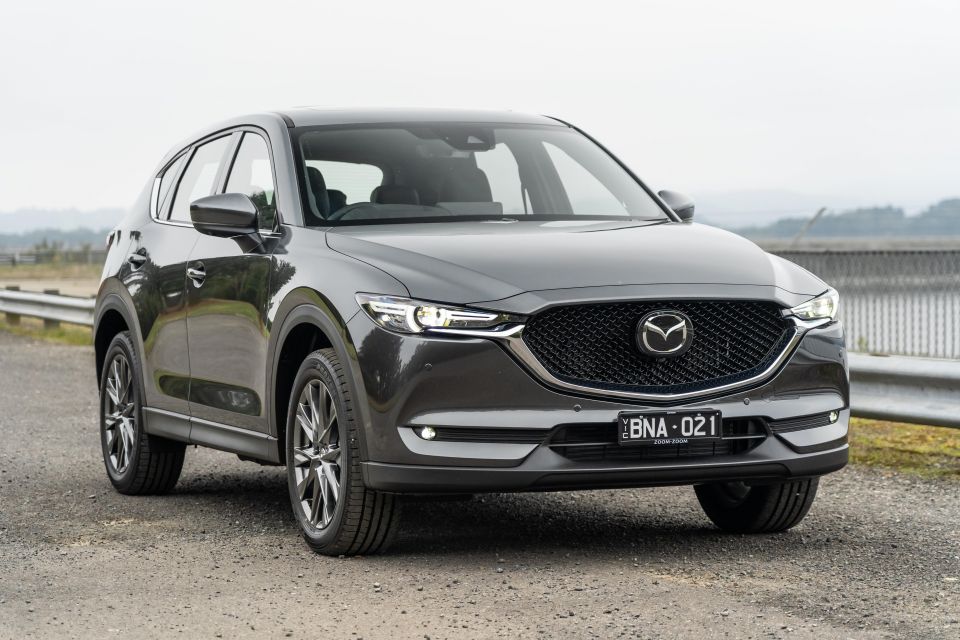


Senior Contributor
New from
$30,980
excl. on-roads

Senior Contributor
New from
$30,980
excl. on-roads


Senior Contributor
New from
$30,980
excl. on-roads

Senior Contributor
New from
$30,980
excl. on-roads
Quickly see how this car stacks up against its competition. Select any benchmark to see more details.
Where expert car reviews meet expert car buying – CarExpert gives you trusted advice, personalised service and real savings on your next new car.
The Mazda CX-5 is no longer the newest mid-sized SUV on the block, yet it remains the second top-selling in Australia behind only the Toyota RAV4.
Owners love the Mazda’s refinement, high-quality interior, good road manners, and slick design – all things that remain available in spades.
Happily, the company just upgraded the CX-5 for 2021 with a much slicker infotainment system taken from the smaller CX-30, displayed on a 10.25-inch screen. This addresses a real shortfall, though it’s restricted to higher grades.
There’s also a new CX-5 GT ‘SP’ style-leading specification, but here we’re driving the flagship fully-loaded CX-5 Akera that sits atop the range.
The base Mazda CX-5 Maxx kicks off at $31,190 before on-road costs ($32,990 drive-away).
The Maxx Sport with more features starts from $36,490 before on-roads ($38,490 drive-away), the mid-range Touring entry point is $41,280 ($43,990), the GT opens at $46,990 ($49,490), and the GT SP begins at $47,490 ($49,990).
The Akera grade sits atop the model tree kicking off at $49,380 ($52,490), but the CX-5 Akera 2.5-litre turbocharged petrol version we’re testing here costs $51,880 before on-road costs or $55,490 drive-away.

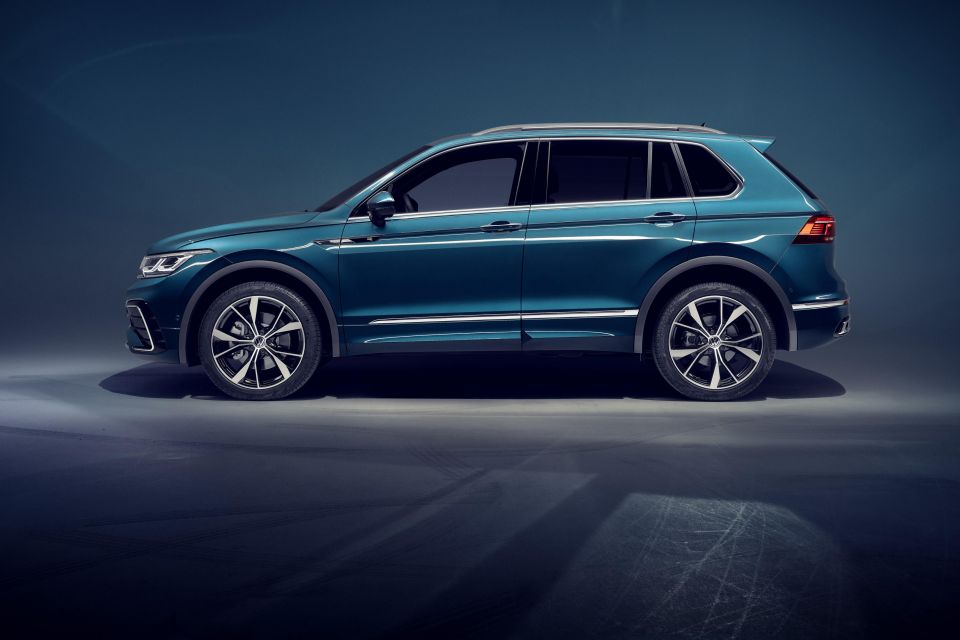
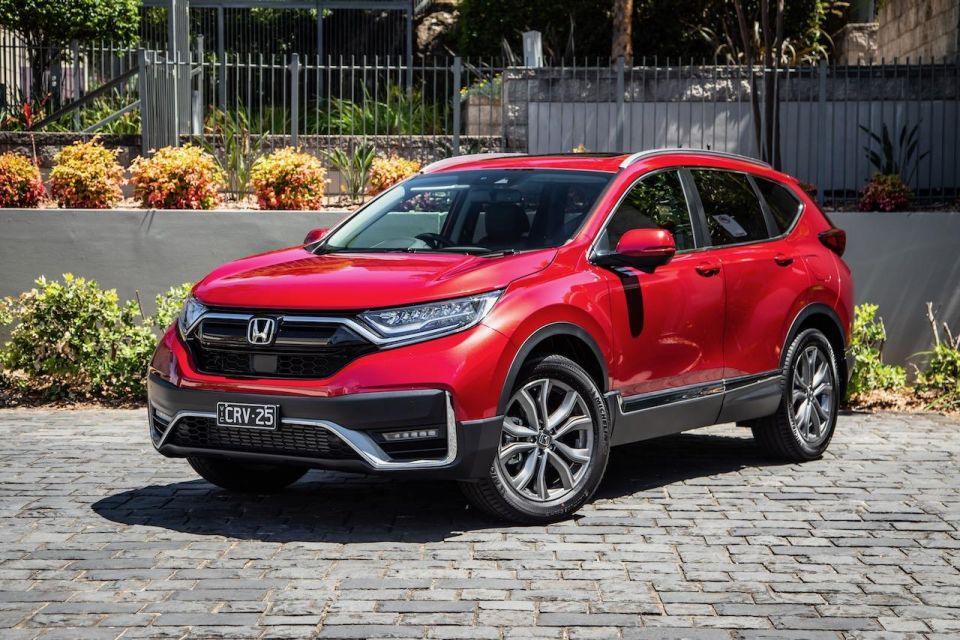
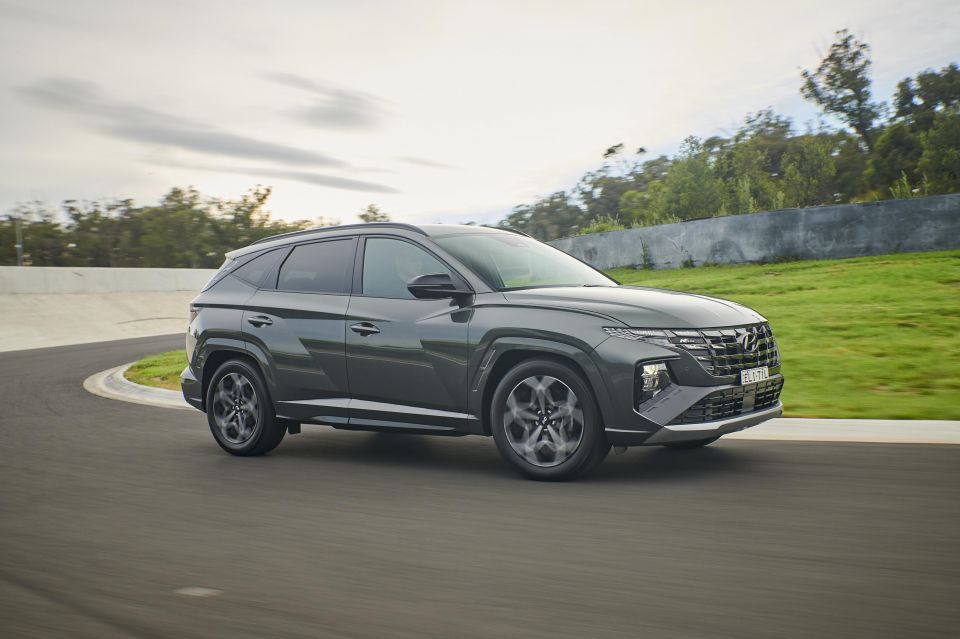
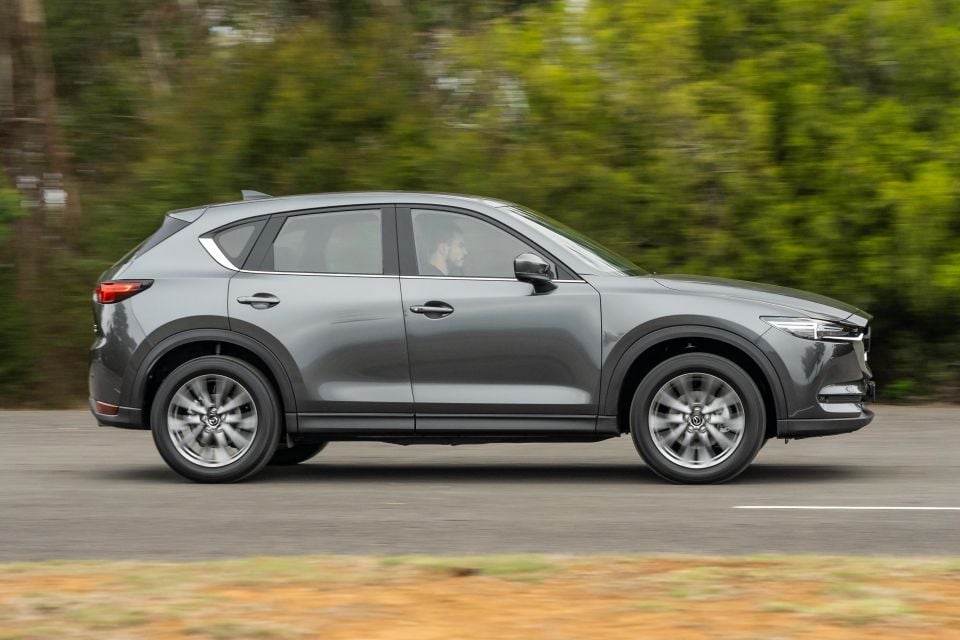
While the CX-5 does deliver a premium feel, a $55,490 drive-away price is not cheap considering a flagship Toyota RAV4 Cruiser Hybrid can be purchased – if you can put up with a six-month wait list – for $51,000 on the road.
Other competitors at this top end of the mainstream market include the Nissan X-Trail Ti ($46,490 drive-away), Subaru Forester 2.5i-S ($48,400), Honda CR-V VTi LX ($53,181), and Volkswagen Tiguan 162TSI R-Line ($60,000). An entry grade luxury model like the Lexus NX kicks off at $65,500 drive-away.
Each of these drive-away prices have been sourced from each brand’s websites, using a location of Melbourne.
Prospective buyers should also consider the soon-to-launch new Hyundai Tucson, arriving shortly.
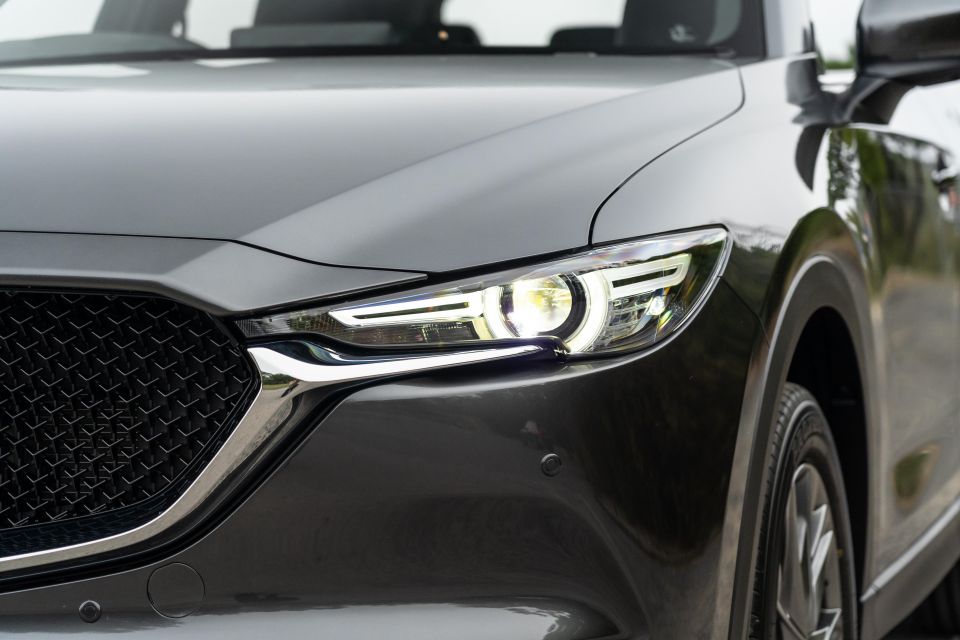

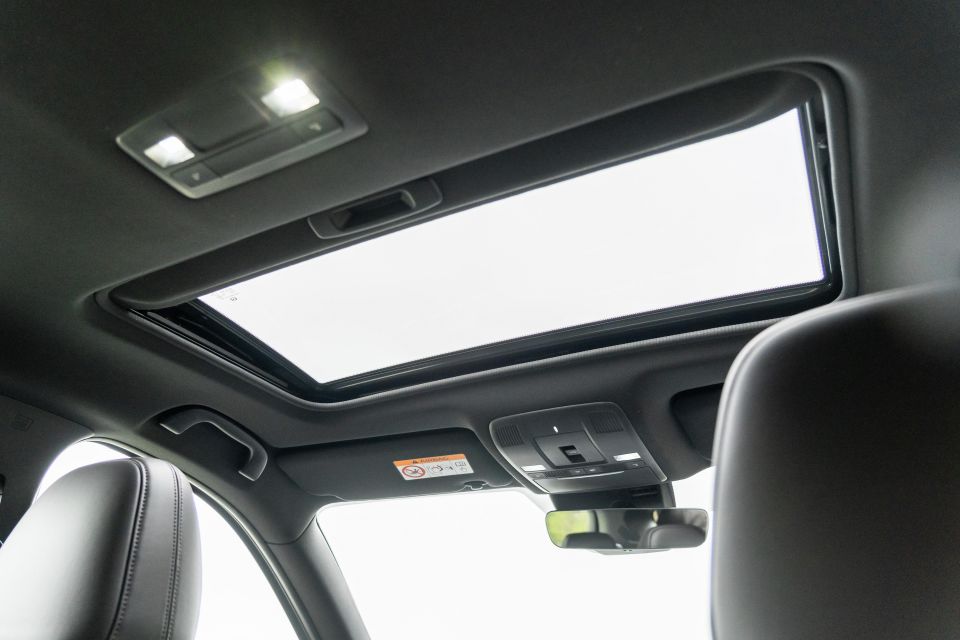
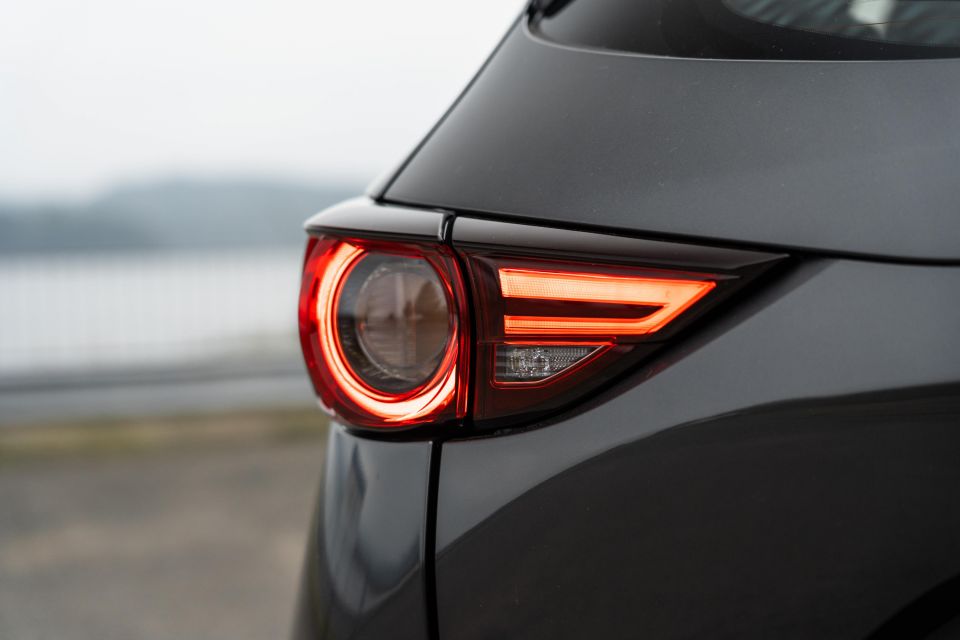
Buy your new car without the stress. It's fast, simple and completely free.

Great service from Travis and team, second time I have used this business would not hesitate to recommend them to anyone
Craig C.
Purchased a Ford Ranger in Sunshine Coast, QLD
CarExpert helped Craig save $7,224 on his Ford Ranger, now let us save you on your next new car.
Get your BEST priceThere’s no shortage of luxury features as you’d expect.
Standard fare on the Akera includes adaptive LED headlights, 19-inch alloy wheels with a space-saver spare wheel, rain-sensing wipers, auto-folding side mirrors, proximity key access, front and rear parking sensors, active cruise control, a sunroof, and an electric-powered tailgate.
On the inside you get dual-zone climate control, an auto-dimming rear-view mirror, head-up display, 7.0-inch TFT trip computer, 10.25-inch centre display, satellite navigation, wired Apple CarPlay/Android Auto, a Bose audio system with subwoofer, digital radio, a 360-degree camera, and traffic sign recognition.
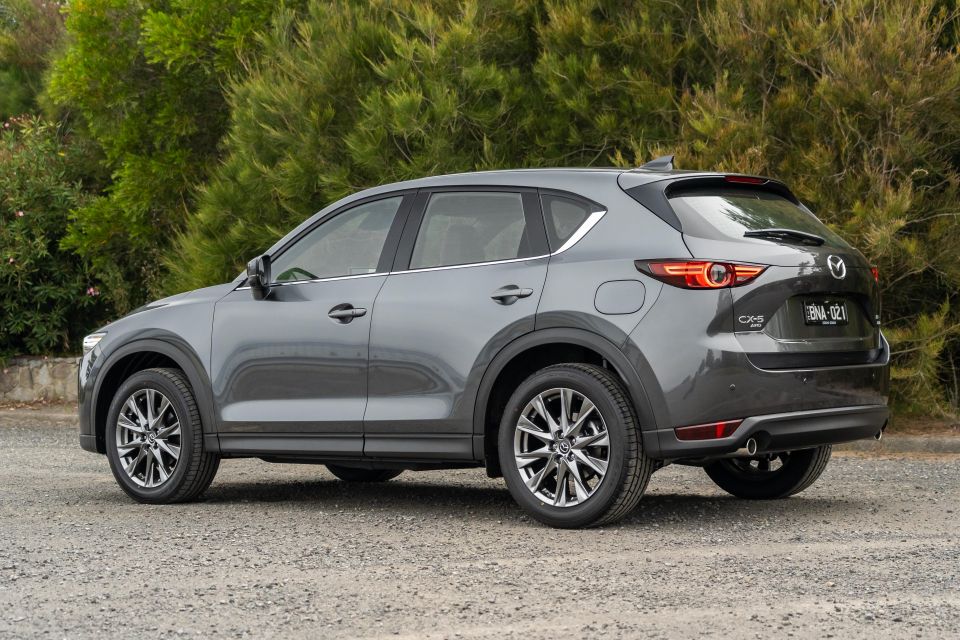
You also get Nappa leather trim, with the front seats electrically powered, heated and ventilated. The driver’s side also has two-person memory presets. Moreover, the leather-wrapped steering wheel is heated too.
No-cost colour choices include Snowflake White Pearl, White Mica, Titanium Flash Mica, Eternal Blue Mica, Deep Crystal Blue Mica, Jet Black Mica, and Sonic Silver Metallic. Eye-catching hero hues Machine Grey Metallic (like our test car), Polymetal Grey Metallic, and Soul Red Metallic are all $495 extra.
You can get a better guide on the feature breakdown across all six CX-5 specification choices in our price and specs story here.
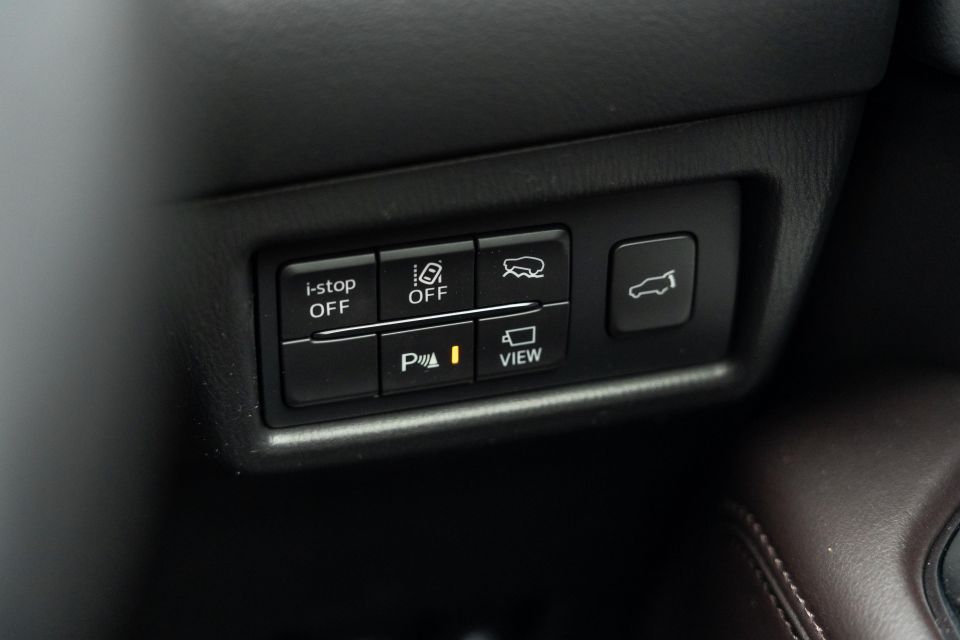
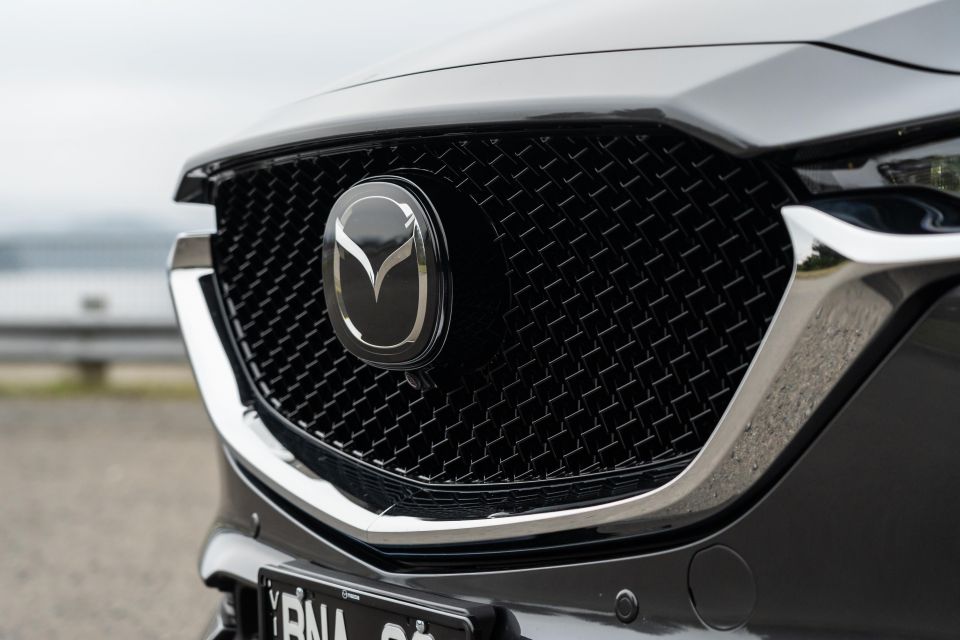

All CX-5 models come with dual front, dual front-side, and full-length curtain airbags, plus a pair of ISOFIX and top-tether child-seat anchor points in the back row. There’s no centre airbag to mitigate head-clash damage.
All CX-5 grades get standard safety features such as forward and reverse AEB with pedestrian detection capability, blind-spot monitoring, rear cross-traffic alert, driver-attention monitor, automated high-beam headlights, and lane-keeping aids (audible and steering).
Independent and government co-funded crash tester ANCAP awarded the CX-5 five stars out of five with a 2017 date stamp, grading it 95 per cent for adult occupant, 80 per cent for child occupant protection, 78 per cent for pedestrian protection, and 59 per cent for safety assist feature effectiveness.
It should be noted that safety features have been added as standard since the 2017 test, most notably the active lane-keeping assist feature.

Mazda puts emphasis on using nice materials and the CX-5 Akera is no exception.
You get coffee brown leather on the doors and console, stitched soft padding along the dash and centre tunnel, tasteful (real) wood inserts, knurled dials for the ventilation controls, and a VW-style felt-lined glovebox.
The steering wheel is beautifully wrapped and has plenty of adjustment as well as well-damped buttons. The electric front seats are both heated and cooled, and the two-person memory system for the driver is great if you’re sharing the car with a partner.
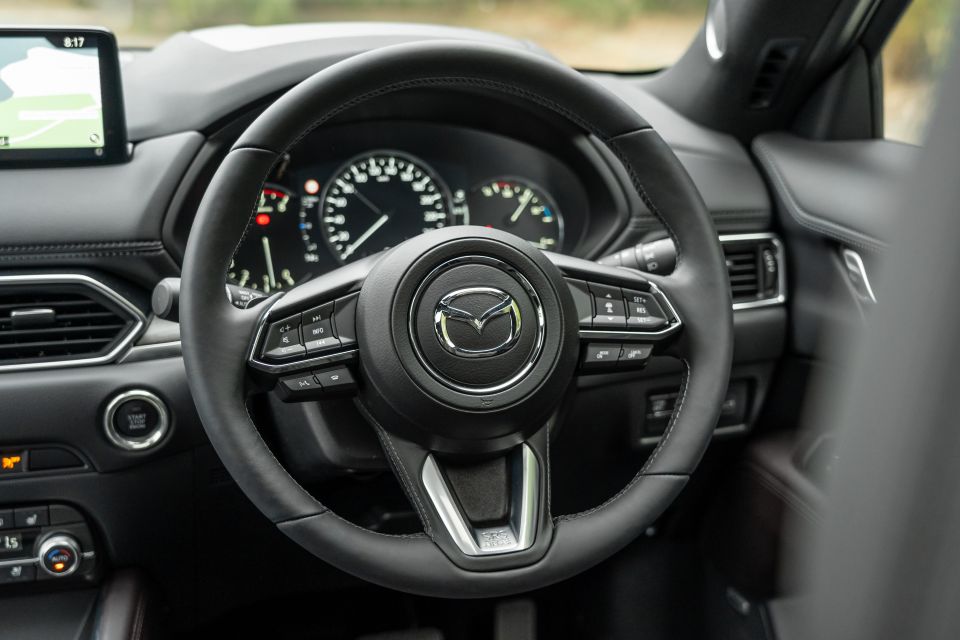
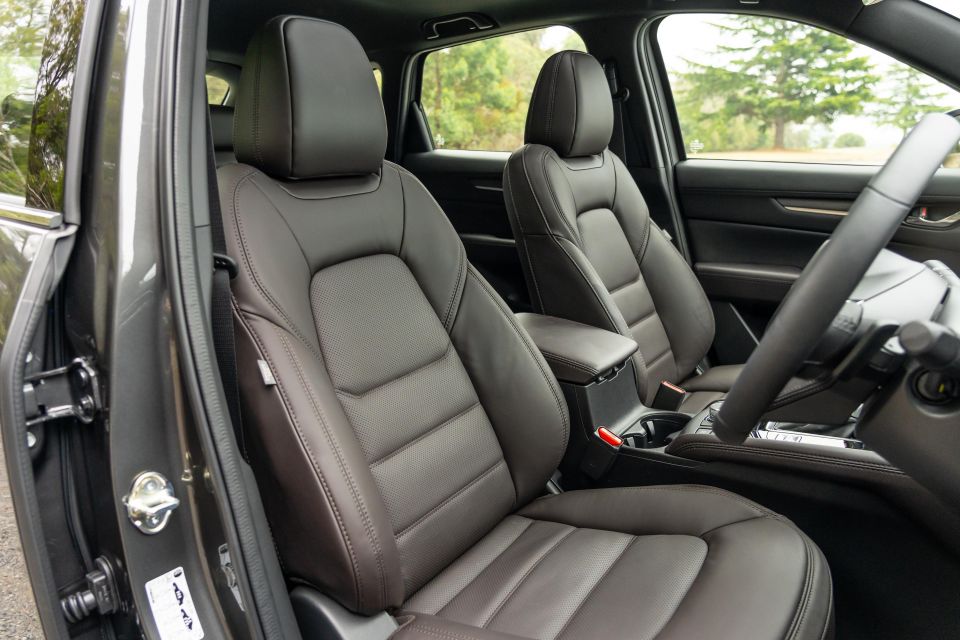
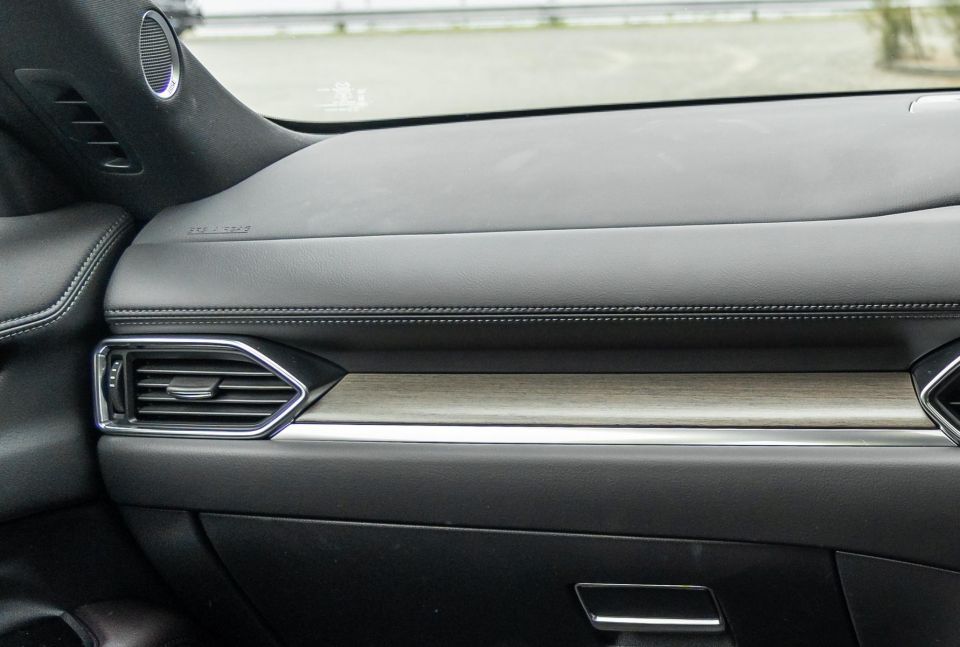

However the seats are’t overly supportive in either the base or backrest. Certainly not sufficiently so to hold you tight in harder driving.
The TFT screen behind the driver is flanked by analogue gauges, but you also get an excellent head-up display that projects speed and navigation instructions onto the windscreen.
The new centre screen is a vast improvement over the old 8.0-inch MZD Connect infotainment system. Anyone familiar with the new Mazda 3 or CX-30 will have used it before.
The menus have far nicer resolution than before, and more processing power means faster loading times. The maps are excellent, and all of the other home menus – multimedia, phone, vehicle settings, trip data – are simple to navigate.
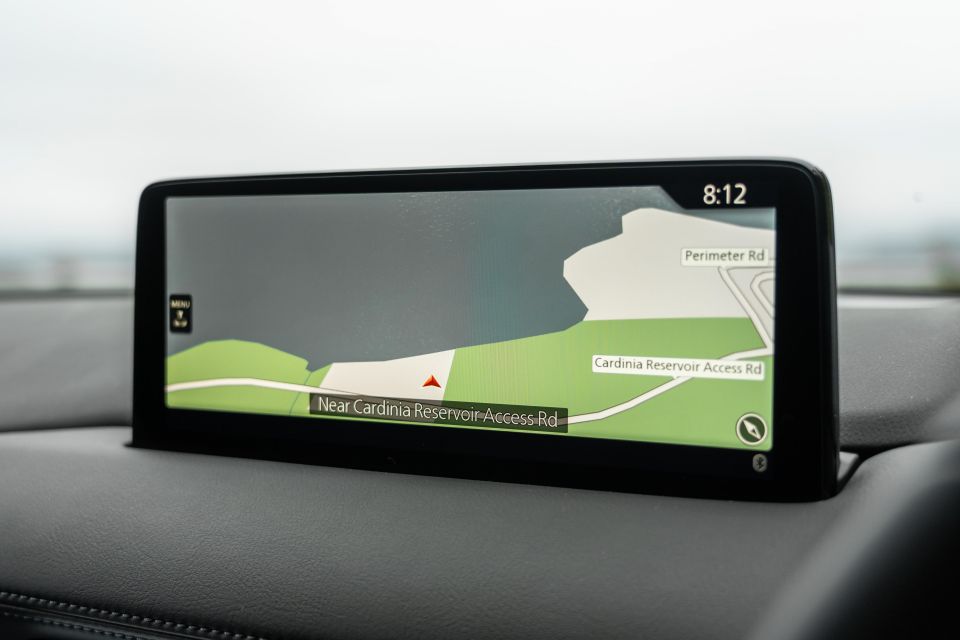
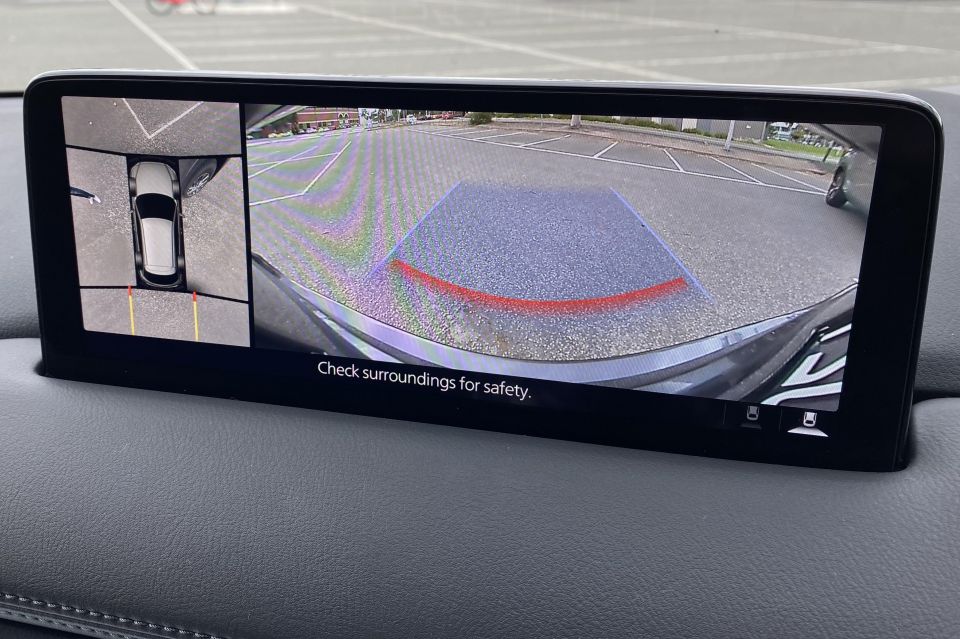
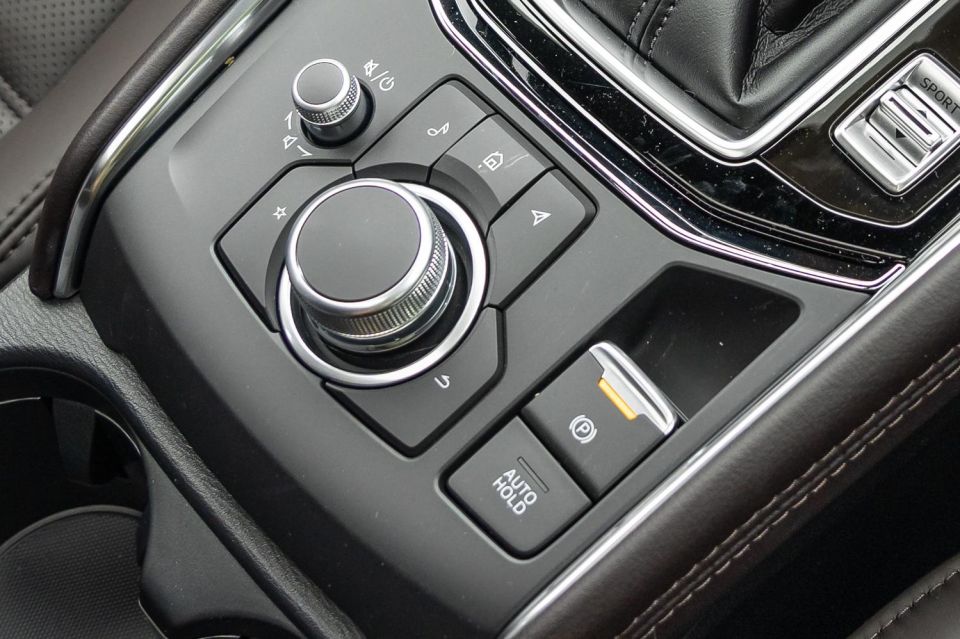
Be aware, though, that this is not controlled by touchscreen. Instead you need to use the rotary dial and buttons to navigate your way around. This is actually more ergonomic and safer when driving, though it renders the touchscreen-oriented (wired) Apple CarPlay and Android Auto phone mirroring services clunky.
The Bose audio system is great, with good bass and little distortion. It’s not too far off Lexus’s entry grade Mark Levinson systems.
The back seats come with LED reading lights, grab handles, air vents, a flip-down centre cupholder armrest, USB points, and bottle holders in the doors. They’re also accessed by rear doors that open nearly 90 degrees.

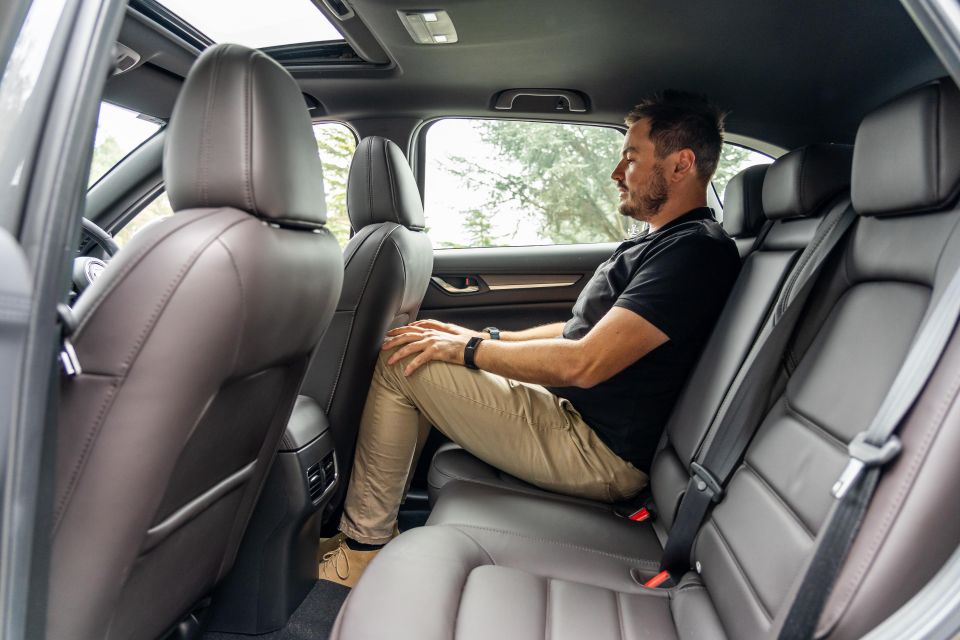
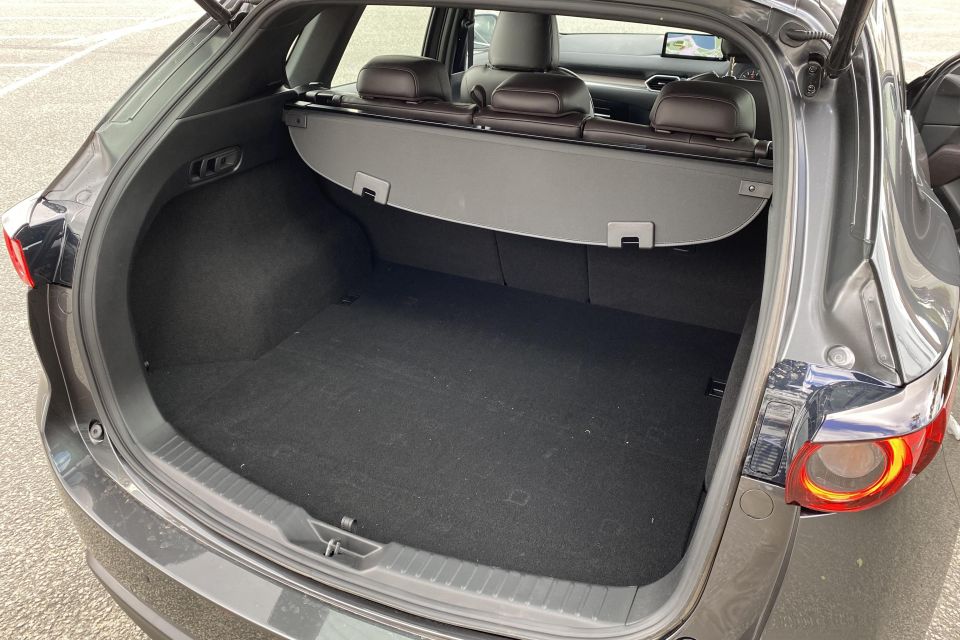
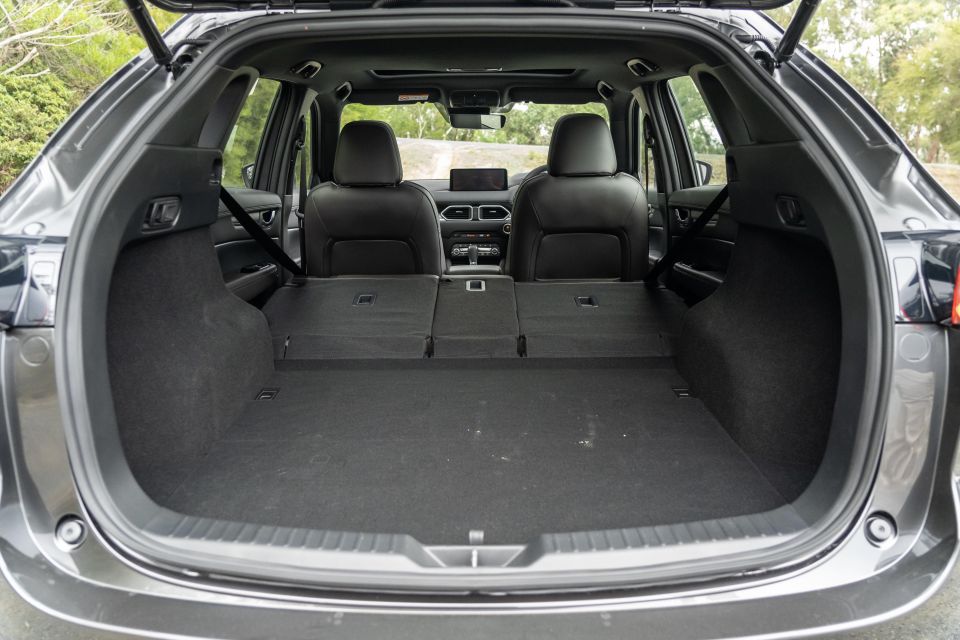
You get less headroom, knee-room and toe-room in the Mazda than you do in a Honda CR-V or Toyota RAV4, but as the image above shows a 180cm adult has enough space. It’s acceptable rather than great.
The boot is also on the smaller side at 442 litres with the back seats in use and 1342L with them folded flat. That’s 100L less capacity with the seats in use than what a RAV4 offers.
I do like the elegantly designed cargo cover and the levers to flip-fold the back seats from the boot however, as well as the fact that the reclinable back row folds flat on a 40:20:40 basis meaning you can use the outboard pews while running a longer item between.
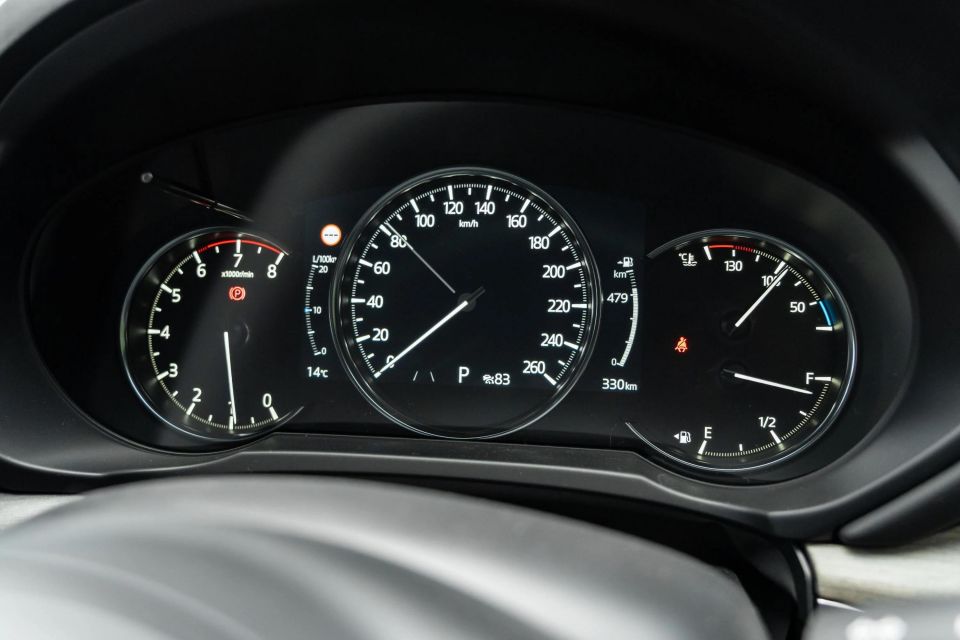
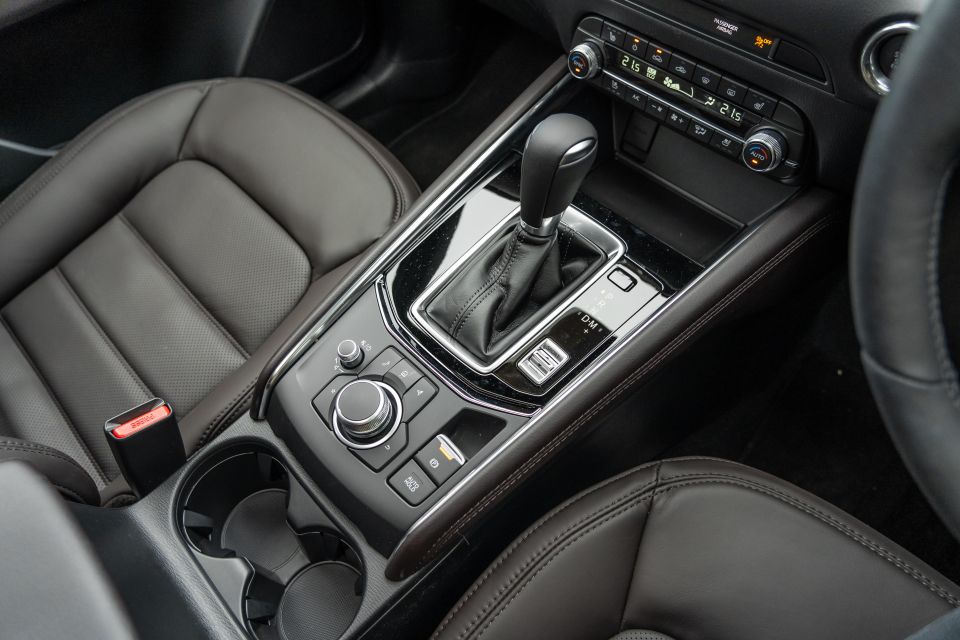
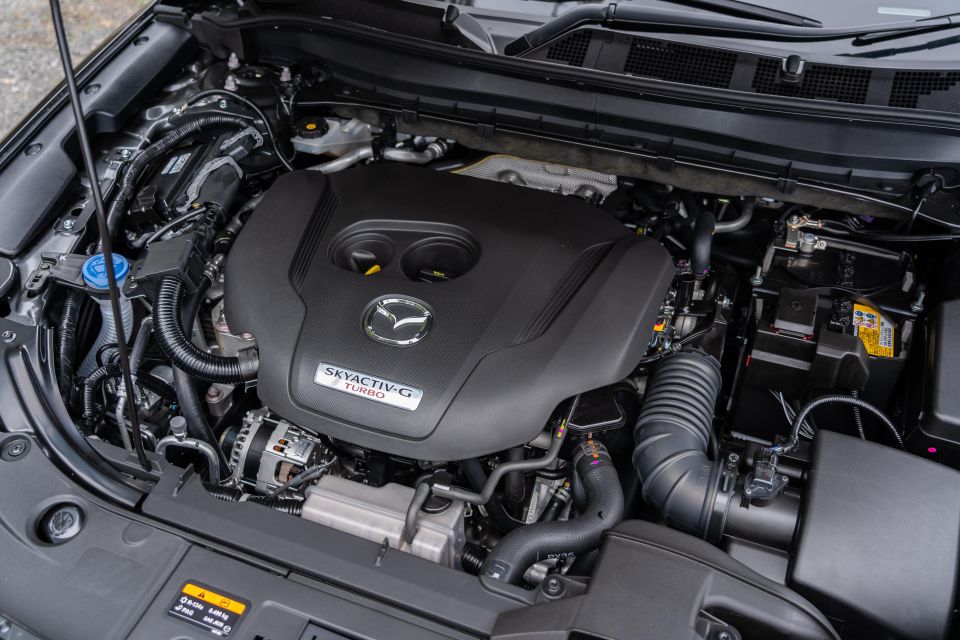
Buyers of a CX-5 Akera get to choose between two petrol engines and one diesel, all mated to on-demand all-wheel drive systems.
The entry 2.5-litre naturally-aspirated four-cylinder petrol makes 140kW of power and 252Nm of torque, and uses 7.4 litres of fuel per 100km in lab testing.
The 2.2-litre twin-turbo diesel makes a meaty 140kW/450Nm and cuts fuel use to 5.7L/100km.
But our tester uses a turbocharged 2.5-litre four-pot petrol making 170kW and 420Nm, and has a 91 RON fuel claim of 8.2L/100km. All versions also offer idle start/stop tech.
This power and torque output puts the CX-5 right at the very pointy end of the class alongside the Ford Escape Vignale as the (conservative) factory 0-100km/h claim of 7.7 seconds suggests.
All three engines are mated to a six-speed automatic transmission, and in our test car with wheel-mounted paddle shifters.
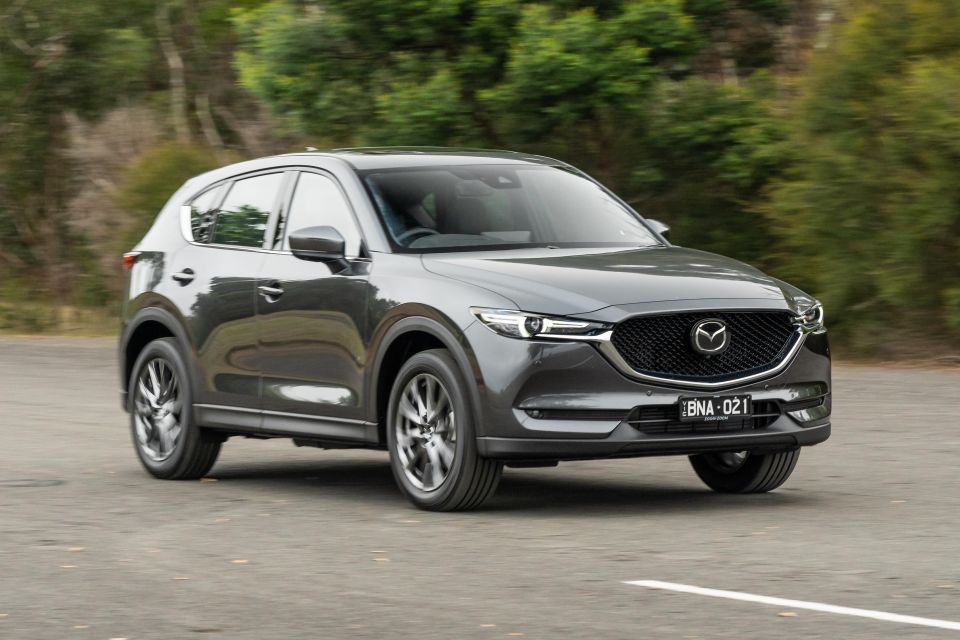
The engine has plenty of grunt, with diesel-like torque delivery giving you a real sense of muscularity. This means it’ll pull off overtakes even when loaded up, and is rated to tow two tonnes just like the diesel does.
The six-speed transmission isn’t the most advanced piece of technology going around but it does the job just fine, and its sports mode encourages the car to stay in lower gears longer, and downshift with more determination.
The only real downside is that you’ll use about twice the fuel of a RAV4 Hybrid.
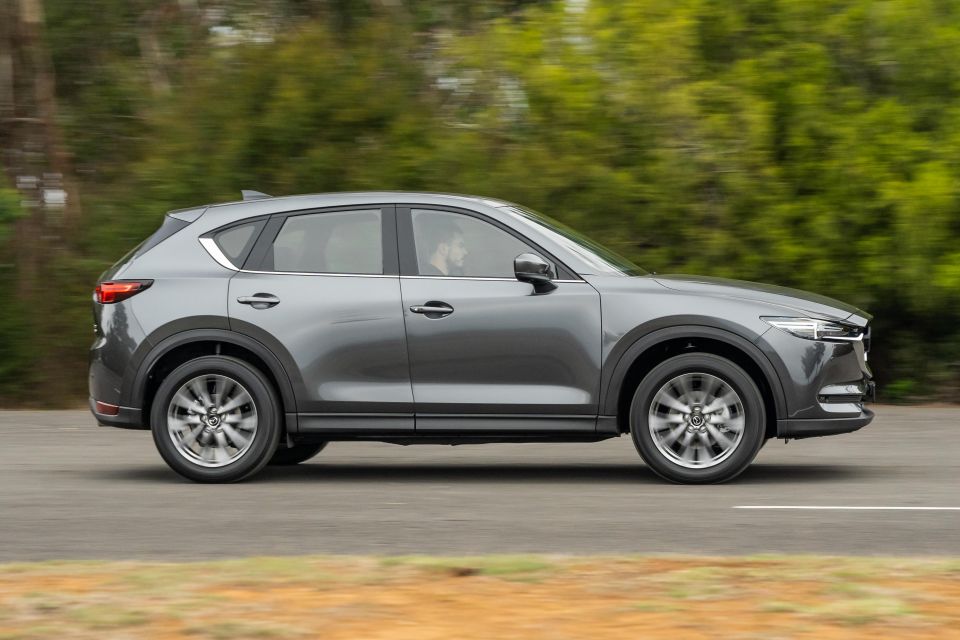
The AWD system works on an on-demand basis, meaning the car is front-drive until onboard slip sensors order some engine torque to the rear. It’s on Toyo road tyres so don’t plan any hardcore adventures, but it’ll handle a snow trip.
In terms of ride and handling the CX-5 remains an excellent all-rounder. Its MacPherson strut front and multi-link rear suspension, electric rack-and-pinion steering, and passive dampers are all quite conventional but well tuned.
This is a 1718kg car with elevated seating height and clearance so there’s obviously a degree of body roll against lateral cornering forces, but the well-weighted steering and suspension tune give you a degree of agility and control.
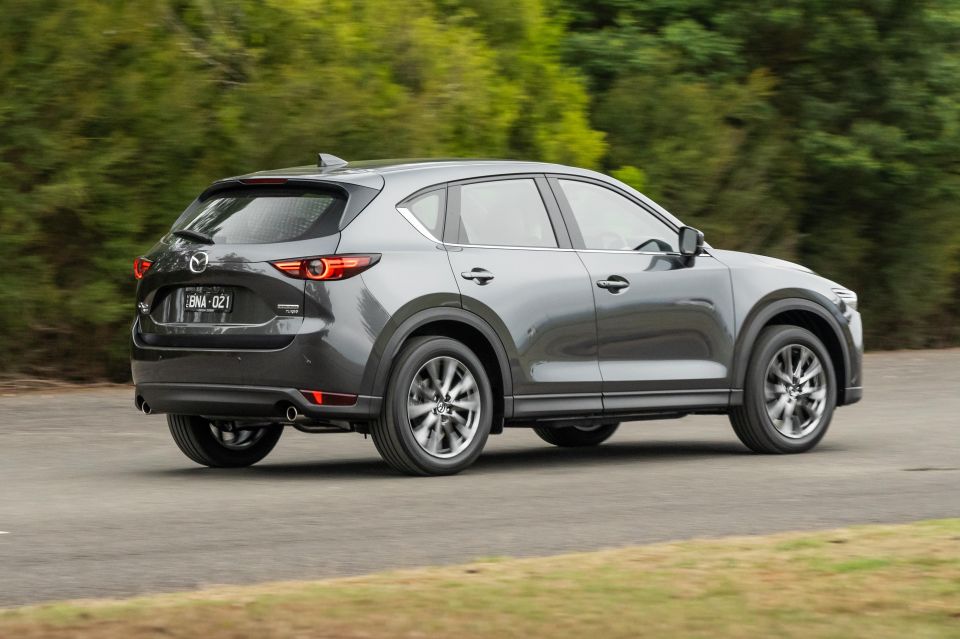
It’s also very good at ironing off sharp bumps despite the low-profile tyres, with the sort of supple ride quality that the plush interior suggests.
Also its road-noise of 69-70 decibels at 100km/h broadly matched a Lexus NX we tested concurrently.
Downsides? There’s a little kickback or wheel movement over really sharp mid-corner bumps, and Mazda’a active lane-keeping aid could be a little more proactive at keeping the vehicle centred.

Where expert car reviews meet expert car buying – CarExpert gives you trusted advice, personalised service and real savings on your next new car.
All Mazda products now come with a five-year warranty with no strings attached, plus five years of roadside assist.
Servicing must be conducted annually or every 10,000km, which is a shorter distance interval than the ideal 15,000km offered by most rivals.
Mazda provides advertised service prices which at the time of writing were: $349 for service one, $379 for service two, $349 for service three, $379 for service four, and $349 for service five.
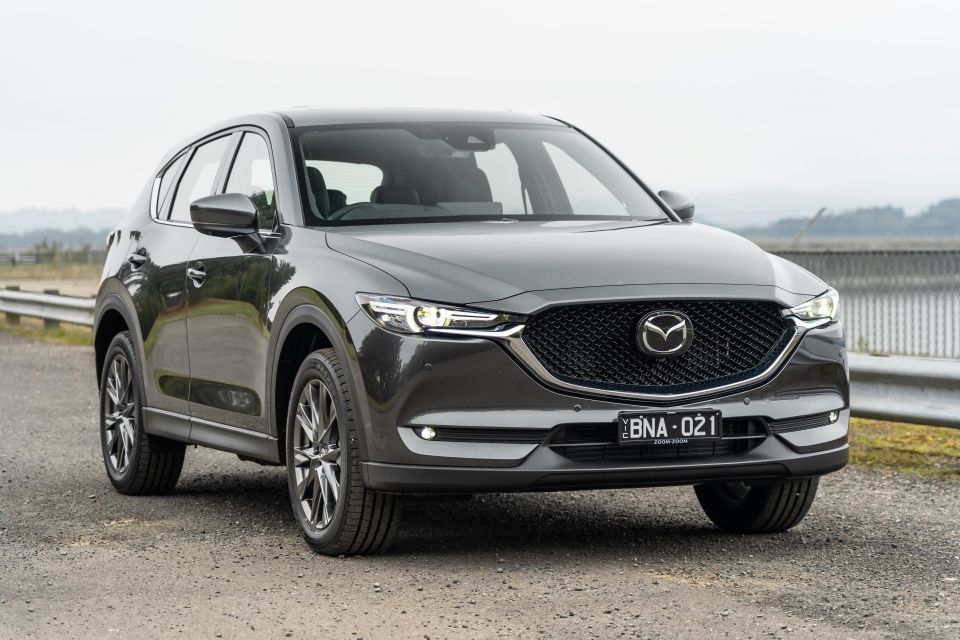
Buy your new car without the stress. It's fast, simple and completely free.

Great service from Travis and team, second time I have used this business would not hesitate to recommend them to anyone
Craig C.
Purchased a Ford Ranger in Sunshine Coast, QLD
CarExpert helped Craig save $7,224 on his Ford Ranger, now let us save you on your next new car.
Get your BEST priceThe Mazda CX-5 remains a premium-feeling experience, and now it has the interior technology to match.
It also has quite a car-like driving character thanks to well-sorted suspension and the potent turbocharged engine; while engine and wind noise, vibration and harshness levels are way lower than older Mazda models.
That said, it’s not the final word in back-seat or boot space which are key reasons for buying a family SUV, and it’s pricier than various well-credentialed competitors to buy and run.
Would I buy one? If I wanted a semi-luxury product with a mainstream badge then I’d still consider it closely, yes.

Click the images for the full gallery
Where expert car reviews meet expert car buying – CarExpert gives you trusted advice, personalised service and real savings on your next new car.


Max Davies
28 Days Ago


Andrew Maclean
16 Days Ago


James Wong
13 Days Ago


Max Davies
12 Days Ago


Paul Maric
9 Days Ago


James Wong
6 Days Ago